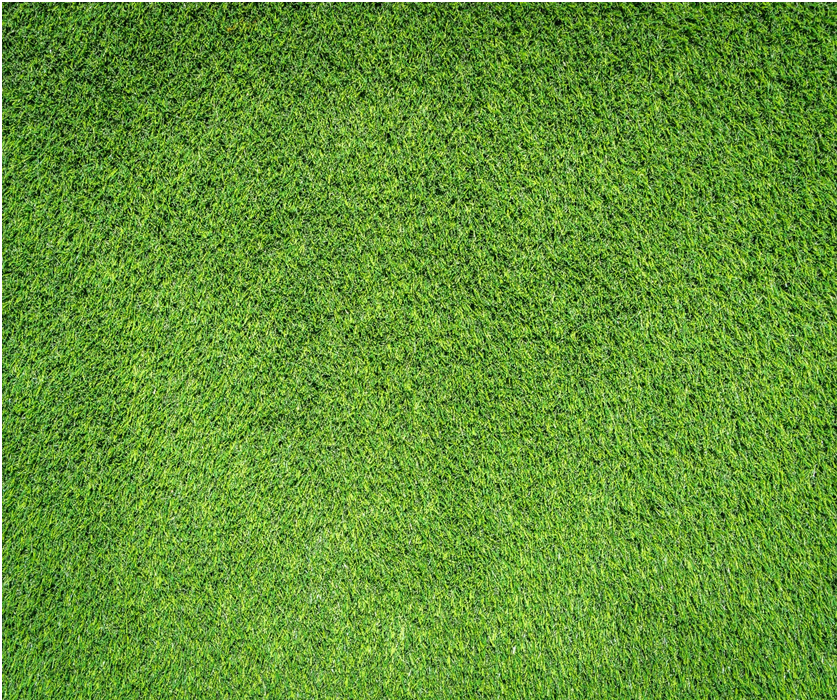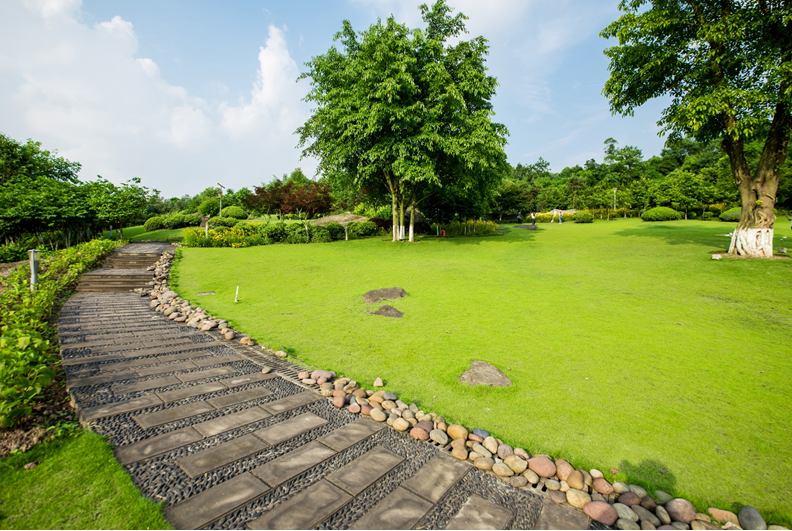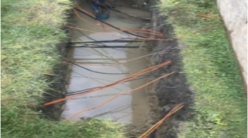Sod grass is like a ready-made carpet for your lawn, instantly turning it green without waiting for seeds to grow. Besides the fact that it’s looking great right away, it also helps stop soil from washing away, keeps annoying weeds away, and works well on slopes. It’s perfect for people who want a beautiful lawn that’s both pretty and tough!

When putting in sod, you must get the soil ready, handle the grass carefully, and look after itafterwards. Doing it right makes the roots settle in, making the grass strong and better at handling tough times. Each step starting from preparing the soil, lining up the grass to watering it properly, helps your lawn grow well. Doing it properly means you’ll have a lovely and healthy lawn that will last a long time.
Choosing the Right Sod
Different types of sod grass match different climates and uses. Bermuda grass is tough and handles drought. Zoysia grass is thick which is good for busy areas. St. Augustine grass bloom in shade and warmth, while Kentucky bluegrass is ideal for cool climates. Pick the right type based on your area’s weather and how much sun your lawn gets.
Consider how easy it is to care for the sod and if it can handle pests or diseases. Also, check if it fits your budget and is easy to find. These can be found in local shops, garden centers, or directly from landscaping companies or sod farms. Make sure they look fresh and healthy and fits your lawn’s needsfor a healthy, lasting garden. You can also consider things like delivery options and any extra help they offer after you buy.
Pre-Installation Preparation
Assessing your lawn is where you start before putting in sod. Check and test the soil’s pH, texture, and nutrients toknow if it’s good for installing.See how well water flows to avoid soggy spots that could harm the sod.And figure out how much sunlight your lawn gets, to pick the right kind of grass. Understanding these things helps get the surface ready for the sod to grow well.
To measure the area, divide the space into parts and measure each part’s length and width. Multiply these numbers to find the square footage for each part, then add them all together for the total area. This lets you know how much sod you need to cover the space, without getting too much or too little.
Before laying sod, prepare the soil by clearing debris and weeds. Dig about 4 to 6 inches deep, break the clumps, and add compost or peat moss to improve soil quality. Make sure the soil is smooth and even to avoid problems later. Lightly water the soil to keep it moist until the sod installation.
Sod Installation Process
The process of laying sod composesfew essential steps, where the initial actions and discussed in the pre-installation topic above—clearing the area of debris and old grass to create a level ground and preparing the soil by loosening it up and adding compost or fertilizer if necessary—set the groundwork for successful installation.
Once the area is ready, laying begins with starting in a straight line, ensuring there’s no stretching, or overlapping, and creating enough fit without excessive tightness. It’s necessary to water the grass after it is laid thoroughly and gently press it down to remove any air pockets, helping its settling process for best growth.
You’ll find an elaborate guide in this source: https://www.bobvila.com/articles/laying-sod/.
Post-Installation Care and Maintenance
When watering your newly installed sod, follow these tips for best growth:
- Begin by watering the grass right after laying it down, making sure the soil beneath is damp. Aim to soak the soil about 4–6 inches deep.
- In the initial two weeks, water them frequently, around 2–3 times daily, maintaining consistent moisture to help the roots settle.
- Be careful not to overwater; while it needs moisture, too much water can drown the roots or lead to diseases.
- Adjust your watering routine based on the weather; hotter and drier conditions might require more watering, while cooler weather needs less.
- Watering in the early morning is best, allowing the sod to absorb moisture before the heat sets in.
- Make sure the water penetrates deep into the soil; avoid light sprinkles that encourage shallow root growth.

Maintaining consistent moisture is important after installation, gradually reducing watering as it sets up its roots.After putting down the new grass, taking care of it with food and ongoing attention is a must. Here’s what you need to do:
- Initial Fertilization: Wait six weeks after the sod installation before using any fertilizer. When it’s time, go for a balanced fertilizer with equal parts of nitrogen, phosphorus, and potassium. Just follow the instructions on the package.
- Fertilizing Schedule: Fertilize your lawn three to four times a year. Do it in early spring, late spring, summer, and fall to give the grass the good stuff it needs to grow.
- Mowing Tips: Once your new grass is around 3 inches tall, start mowing it. Keep the lawnmower blades sharp and adjust how low it cuts to keep the grass around 2–2.5 inches high. Avoid cutting too much off at once.
- Weed Control: Watch out for weeds and pull them out as soon as you spot them. New grass is easy prey for weeds. If you use weed killers, be sure not to harm the grass.
- Watering Routine: This keeps your grass hydrated. Slowly reduce how much water it gets but aim for around 1 inch per week, either from rain or your sprinkler.
- Aeration and Soil Testing: Every now and then, dig some holes in your lawn to help the soil breathe and soak up nutrients. Test the soil every few years to see if it needs more food.

The Bottom line
Investing effort in sod grass installation not only instantly beautifies your lawn but also offers long-term benefits like erosion control and weed prevention. Selecting the right one, preparing the soil diligently, and laying them with care are a never-to-miss steps for a healthy, lasting lawn. Remember, proper post-installation care, including watering tips and ongoing maintenance, ensures your lawn grows beautifully for years to come.


